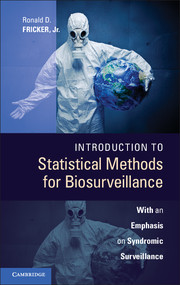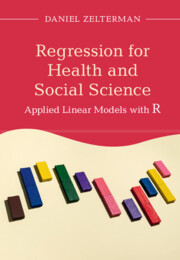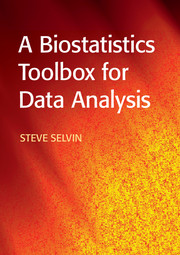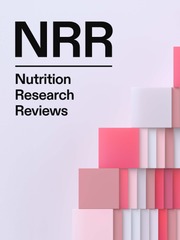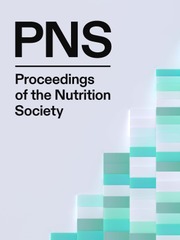Introduction to Statistical Methods for Biosurveillance
With an Emphasis on Syndromic Surveillance
$65.99 ( ) USD
- Author: Ronald D. Fricker, Naval Postgraduate School, Monterey, California
- Date Published: March 2013
- availability: This ISBN is for an eBook version which is distributed on our behalf by a third party.
- format: Adobe eBook Reader
- isbn: 9781107330559
Find out more about Cambridge eBooks
$
65.99 USD
( )
Adobe eBook Reader
Other available formats:
Hardback
Looking for an examination copy?
If you are interested in the title for your course we can consider offering an examination copy. To register your interest please contact [email protected] providing details of the course you are teaching.
-
Bioterrorism is not a new threat, but in an increasingly interconnected world, the potential for catastrophic outcomes is greater today than ever. The medical and public health communities are establishing biosurveillance systems designed to proactively monitor populations for possible disease outbreaks as a first line of defense. The ideal biosurveillance system should identify trends not visible to individual physicians and clinicians in near-real time. Many of these systems use statistical algorithms to look for anomalies and to trigger epidemiologic investigation, quantification, localization, and outbreak management. This book discusses the design and evaluation of statistical methods for effective biosurveillance for readers with minimal statistical training. Weaving public health and statistics together, it presents basic and more advanced methods, with a focus on empirically demonstrating added value. Although the emphasis is on epidemiologic and syndromic surveillance, the statistical methods can be applied to a broad class of public health surveillance problems.
Read more- The only basic introduction to public health surveillance and statistics on the market
- Offers a rigorous yet accessible treatment of the material
- Requires minimal statistical training and written with an accessible jargon-free style
Customer reviews
Not yet reviewed
Be the first to review
Review was not posted due to profanity
×Product details
- Date Published: March 2013
- format: Adobe eBook Reader
- isbn: 9781107330559
- contains: 143 b/w illus. 3 maps 30 tables
- availability: This ISBN is for an eBook version which is distributed on our behalf by a third party.
Table of Contents
Part I. Introduction to Biosurveillance:
1. Overview
2. Biosurveillance data
Part II. Situational Awareness:
3. Situational awareness for biosurveillance
4. Descriptive statistics for displaying the situation
5. Statistical models for evaluating the situation
Part III. Early Event Detection:
6. Design and performance evaluation
7. Univariate temporal methods
8. Multivariate temporal methods
9. Spatio-temporal methods
Part IV. Putting It All Together:
10. Simulating biosurveillance data
11. Applying the temporal methods to real data
12. Comparing methods to better understand and improve
13. Frontiers, open questions, and future research.
Sorry, this resource is locked
Please register or sign in to request access. If you are having problems accessing these resources please email [email protected]
Register Sign in» Proceed
You are now leaving the Cambridge University Press website. Your eBook purchase and download will be completed by our partner www.ebooks.com. Please see the permission section of the www.ebooks.com catalogue page for details of the print & copy limits on our eBooks.
Continue ×Are you sure you want to delete your account?
This cannot be undone.
Thank you for your feedback which will help us improve our service.
If you requested a response, we will make sure to get back to you shortly.
×
